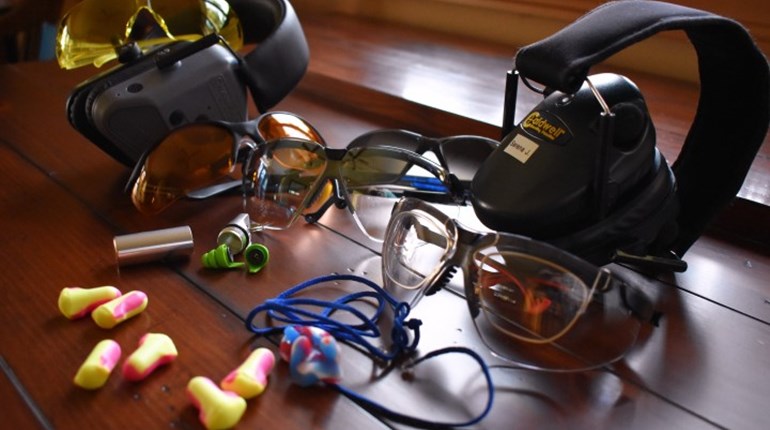
However you choose to hunt, it is always beneficial to spend some time scouting the area first, if possible. Here are some things to think about before you head to your hunting spot.
Where are you hunting?
Do you have access to private land? Public land? How many people are hunting on the property? It is important to first identify what land you have access to, if any. Talk to neighbors and friends to see if you can hunt on their property, but be sure to get a signed permission slip. Make contact with others hunting on the property if possible so that you know where everyone plans to set-up. This is not only for safety reasons, but so that the area does not see too much pressure before the season. Deer will radically change their routines due to pressure.
What is the terrain?
Is your hunting area mostly fields, woods or a combination? Take some time to look at property and topographical maps to get familiar with the contours of the land. Go out to the property ahead of time. Locate food and water sources. Look for sign – deer scat, trails, rubs and scrapes. Not everything will be obvious. Whitetail deer typically bed down in thickets and areas full of brambles. Depending on when you survey the actual property, fresh rubs and scrapes may not be present, but old rubs can help define travel patterns. Deer tend to start making these claims on their territory once they shed their velvet and as it gets closer to the rut (breeding season).
Whitetail bedding areas tend to look like this.
How do you plan to hunt?
Do you have a tree stand or ground blind? Do you plan to conceal yourself on the ground? Rather than go out on the first of the season and disturb the woods as you determine a place to set up, have a few locations picked out ahead of time. If you alone have access to the property and local ordinances permit you to do so, setting up a blind or a ladder or portable tree stand ahead of time. Keep in mind that property left out in the woods may be stolen; if that’s a worry, a climbing tree stand may be a good option, as you can pack it in and out of the woods with you.
Think about where your arrow or shot will end up. It is not enough to choose an area where you can get a good shot on a deer; you must consider the area beyond your target.
Use your scouting time to match the deer trails with possible areas to set up and the contours you noted earlier from topographical maps. Take some time to educate yourself on the types of trees on the property. Trees with shaggy bark tend to be harder and noisier to use a tree stand in, especially a climbing style. Whatever tree you choose, just make sure it is not dead and can bear your weight and that of your gear. Always try to plan for the general prevailing winds—ideally, making sure that that the wind will blow your scent in the opposite direction you expect the deer to come from. You always want to be downwind of deer if you can, as their sense of smell is their number one defense.
Prepare the Area
Strategically placed trail cameras can provide invaluable insight into what is on the property and at what times. You will begin to recognize some of the same deer returning to the trail, acorn tree or bait pile (if allowed in your state).
Set up a trail camera so that it will capture the deer that pass through your shooting zone. Be sure to check the camera at regular intervals. Some cameras transmit directly to your phone; others rely on an SD card that you must physically change. If there is no movement over a long period of time, you might realize that you need to try a new area or that something has changed. Moon phases and weather, among other natural phenomena, can cause changes in the way deer move.
Whatever method of hunting you choose, bring clippers into the woods with you ahead of time. By clipping branches that interfere with your tree stand or shooting zone ahead of time, you not only save valuable time, but will disturb the area less when you do come back.
While there is no one-size-fits-all approach to hunting, these are places to start. You can drastically increase your odds of seeing deer by reading the lay of the land, even if just from topographical maps. Scouting and having access to several areas can offer you flexibility in where and when you hunt. Stay safe and good luck!






































